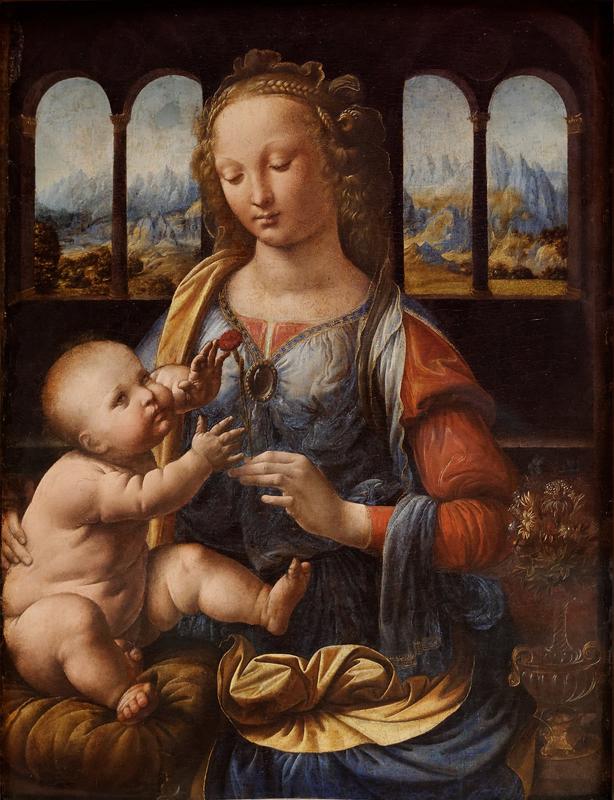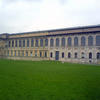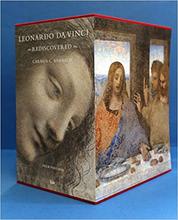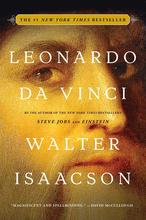More about Madonna of the Carnation
- All
- Info
- Shop

Contributor
Leonardo's masterful early work, the Madonna of the Carnation, marks a shift from baby Jesus looking like a middle-aged man, as in the works of Bellini, to baby Jesus looking like an actual baby, a trend which gained momentum during the Renaissance.
It marks a shift from a kind of art which was primarily symbolic, and relatively uninterested in realism and naturalism, to the first attempts to simulate reality on canvas. In medieval art, babies are usually the baby Jesus, and these portrayals are heavily colored by the homunculus theory. The homunculus theory, in the writings of Thomas Aquinas and elsewhere, posits that there is such a thing as a complete, munchkin-sized or smaller, perfectly formed human being, and that, because of his messianic role, Jesus was endowed with all of the intellectual and spiritual capacities of adulthood from the jump.
For the European consumers of this early Renaissance work, the image provided an opportunity to pray and meditate on the nature of the Christian gospel. Because stories of the behavior of the infant Jesus are scarce, it was an opportunity for Leonardo to use his imagination. He employs a kind of symbolism that connects him to tradition with the use of the blood-red carnation in Mary's hand. The infant reaches for the carnation with both hands, as if blessing it and, in this sense, Leonardo maintains the idea of a perfect baby, as per the homunculus theory, while thankfully letting go of the little-man appearance. Like his peers, Leonardo shows the infant as a paragon of good baby behavior—the beautiful, ornate cushion under him is clean, and there's no sign of the accessories, like washcloths and teething toys, which have such a central place for other babies.
Such images were models of family harmony as well as devotional practice. If there had been a microphone near this baby, you could see him taking it and giving a rousing sermon. There is also a touching personal element to the Madonna of the Carnation: Leonardo's parents did not marry each other, and they both went and married other people after his mother gave birth to him, so he had a special relationship to family intimacy, or his lack thereof.
For a long time, scholars thought the Madonna of the Carnation was composed by artist Andrea del Verrocchio, because of his proto-Rococo style. Researchers suggest that Leonardo was in Verrocchio's studio when he made the painting. Leonardo's enormous and towering trans-disciplinary brilliance was connected with that of his mentor: while he was working with Verrocchio, he worked in metal decoration, bronze, and even constructed the orb above the lantern of the Florence cathedral.
Sources
- Bauer, Ralph. The Alchemy of Conquest: Science, Religion, and the Secrets of the New World. Charlottesville, VA: University of Virginia Press, 2019.
- Classen, Albrecht. Childhood in the Middle Ages and the Renaissance: The Results of a Paradigm Shift in the History of Mentality. Berlin: de Gruyter, 2011.
- Feinberg, Larry, J. The Young Leonardo: Art and Life in Fifteenth-Century Florence. Cambridge: Cambridge University Press, 2011.
- Hilmo, Maidie. Medieval Images, Icons, and Illustrated English Literary Texts: From the Ruthwell Cross to the Ellesmere Chaucer. London: Routledge, 2019.
- Palmer, Alison Lee. Leonardo da Vinci: A Reference Guide to His Life and Works. New York: Rowman & Littlefield, 2018.
- Tsaneva, Maria. Leonardo da Vinci: 222 Paintings & Drawings. Morrisville, NC: Lulu, 2013.
Featured Content
Here is what Wikipedia says about Madonna of the Carnation
The Madonna of the Carnation, also known as the Madonna with Vase, Madonna with Child or Virgin with Flower, is a Renaissance oil painting by Leonardo da Vinci created around 1478–1480. It is permanently displayed at the Alte Pinakothek gallery in Munich, Germany.
The central and centered motif is the young Virgin Mary seated with Baby Jesus on her lap. Depicted in sumptuous clothes and jewellery, with her left hand Mary holds a carnation (red, suggesting blood and the Passion). The faces are put into light while all other objects are darker, e.g. the flower is covered by a shadow. The child is looking up and the mother looking down, with no eye contact. The setting of the portrait is a room with two windows on each side of the figures.
Originally this painting was thought to have been created by Andrea del Verrocchio, but subsequent art historians agree that it is Leonardo's work, probably made during his apprenticeship to Verrocchio. The Virgin's hair, left hand, the drapery, and flowers are similar to elements of Leonardo's Annunciation.
Check out the full Wikipedia article about Madonna of the Carnation














